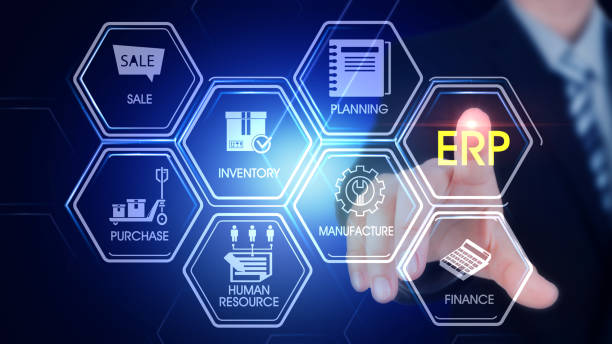Table of Contents
This guide provides a comprehensive guide on selecting the right Enterprise Resource Planning (ERP) system for business success, ensuring a smooth and productive implementation.
Understanding ERP and Its Importance
ERP systems are software solutions that manage and streamline a company&8217;s core processes, enhancing efficiency and providing real-time data insights. Implementing an ERP system is not just about upgrading technology; it transforms business processes for more cohesiveness and adaptability. Companies must understand the scope and internal impacts of ERP implementation to align technological advances with strategic goals, ensuring operational excellence in today&8217;s fast-paced business environment.
Assessing Your Business Needs
To effectively implement ERP solutions, it&8217;s crucial to conduct a thorough self-assessment of your business needs, identify inefficiencies, and understand the unique challenges faced by different departments. Consider the integration of an ERP system with your existing technology infrastructure and create a checklist of essential features to narrow down options and avoid under-delivering or overwhelming systems.
Researching Potential ERP Vendors
With a clear understanding of your business needs, the next step is to research potential ERP vendors. Create a list of criteria based on your assessments, such as scalability, user-friendliness, and industry relevance. Use online resources, read reviews, and join industry forums to gather information about various vendors. Pay attention to customer testimonials and case studies that demonstrate the effectiveness of the solutions in environments similar to yours. It&8217;s also valuable to seek recommendations from industry peers or professional networks. Shortlist the vendors that seem to meet your prerequisites and prepare to engage further to validate their offerings through demonstrations and consultations.
Evaluating System Compatibility and Integration
Compatibility and integration with your existing systems are critical components to consider when selecting an ERP solution. An ERP system that seamlessly integrates with your current software suites will minimize disruptions and ensure smooth data migration. Evaluate whether the ERP system supports data formats and protocols used in your organization. It’s also important to assess the system’s flexibility to integrate with future technologies as your business evolves. Conducting technical assessments and interoperability tests can save you significant time and resources in the long run. Essential integrations to consider include CRM systems, financial software, and data analytics tools among others.
Budgeting and Cost Analysis
One of the most significant factors in ERP selection is the total cost of ownership. This includes initial software purchase, implementation costs, customization, training, ongoing maintenance, and support fees. Create a detailed budget and compare it with the cost structures of shortlisted ERP systems. Look for transparent pricing models and be wary of hidden costs that might arise post-implementation. Additionally, consider the potential ROI from increased productivity, reduced operational costs, and better data management to justify the investment. A cost-benefit analysis can help highlight the financial implications and long-term benefits of the ERP system you choose.
Implementation and Training Strategy
A well-planned implementation and training strategy are crucial for a successful ERP deployment. Develop a phased implementation plan that mitigates risks and minimizes disruptions to your daily operations. Assign a dedicated project team, including stakeholders from various departments, to oversee the implementation process. Effective training programs are essential to ensure that employees are comfortable using the new system. Provide comprehensive training sessions, create user manuals, and establish ongoing support channels to address any issues that arise. A smooth transition requires continuous communication and involvement from all levels of the organization to foster acceptance and proficiency in using the new ERP system.
Conclusion: Ensuring Long-term Success
Navigating the ERP selection process involves a detailed understanding of your business needs, thorough research, strategic evaluation, financial planning, and meticulous implementation. The right ERP system can revolutionize your business processes, making them more efficient, cohesive, and adaptable. Focus on continuous improvement and be open to feedback from users to fine-tune the system post-implementation. Regularly review the ERP’s performance against your set goals and evolve your strategies accordingly. Remember, selecting and implementing an ERP system is not a one-time event but an ongoing journey aimed at achieving long-term business success. The key is to remain flexible and proactive in adapting the system to meet evolving business demands.


